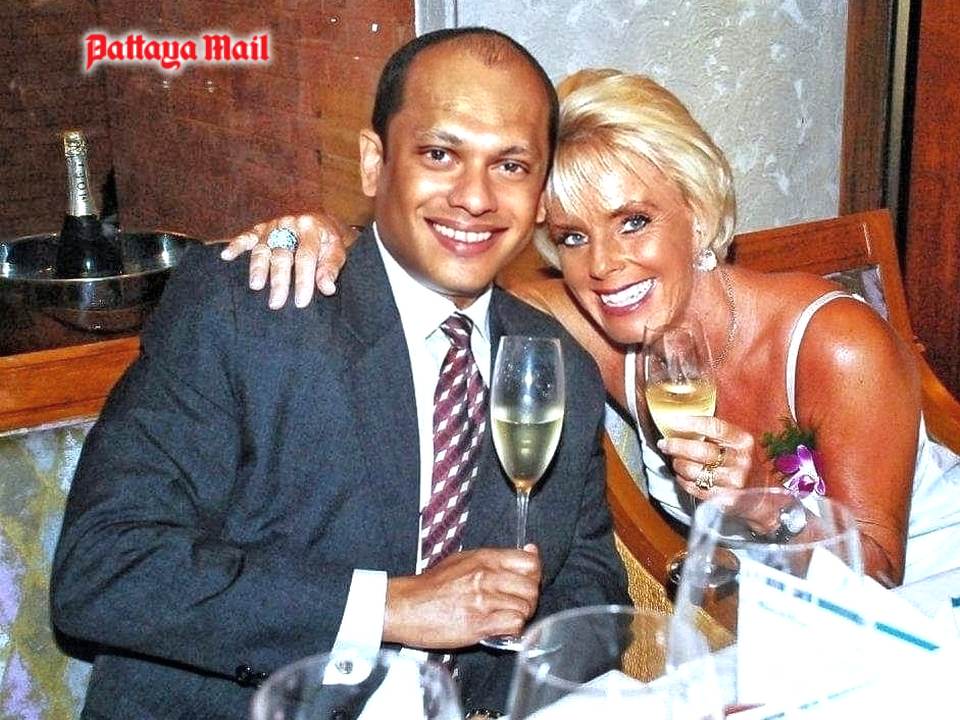
How did Champagne acquire such a prestige, becoming the ultimate sign of celebrations world-wide? Is it the impression of extravagance that comes with a fine bottle of Champagne? The hope and joy in popping a cork? The rush of sparkle and froth that implies celebration? No wedding, business deal, sporting event or any joyous occasion, would be complete without opening a bottle of bubbly. There are as many good reasons to pop a cork as there are reasons to celebrate. Champagne is the traditional wine for celebrations of all kinds, major event or minor event, birthdays, anniversaries and nothing says “Happy New Year” quite like a toast with a glass of Champagne.
Champagne and sparkling wines have a great deal of versatility. They can be served throughout the day as well as throughout a meal. The driest ones are excellent with elegant appetizers such as oysters and caviar. The semi-dry sparkling wines are suitable for brunch, lunch, salads, and some dinner entrees. The sweeter sparkling wines are always recommended with desserts. Champagne on its own is quite an indulgence. Dry champagne styles can be used as a palate cleansing aperitif, such as after eating salty snacks or sushi. Or, finish a meal with Champagne to cleanse the palate, rather than having dessert.
Champagne and sparkling wines are good combinations with rich and creamy food because of the strong acidity of the wine, especially dry champagne styles. Medium sweet and very sweet sparkling wine styles are best for drinking for fun, adding to punch, and enjoying with sweet desserts like ice cream or puddings. They also pair well with spicy foods as they can help balance out the dish.
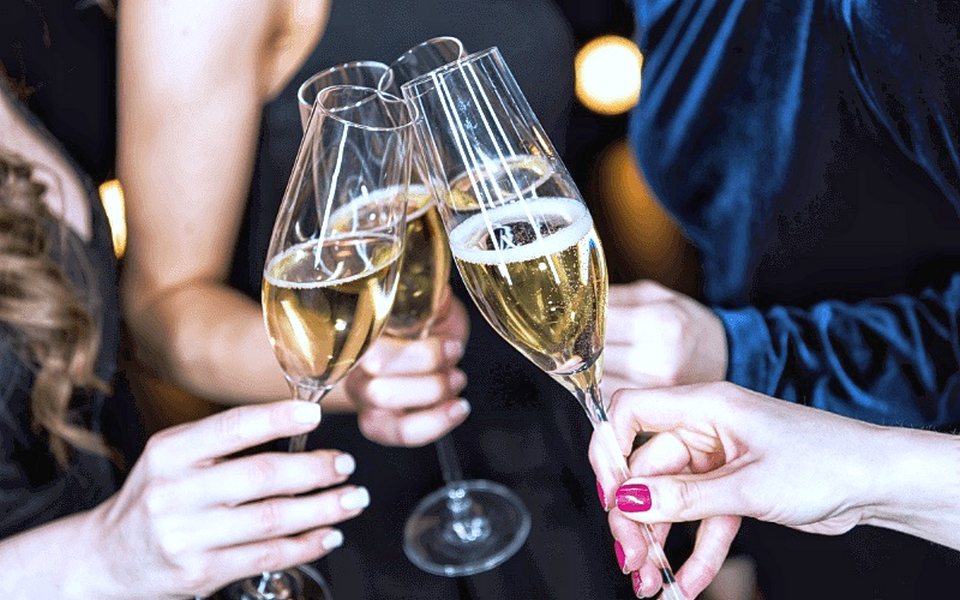
As an appetizer, sip a glass of Champagne alongside a soft cheese like a baked, triple-cream brie with toasted nuts on top. For entrees, anything salty or fried will balance the acidity in the wine nicely. Try it with oysters or smoked salmon if you’re a seafood lover. For dessert, avoid overly sweet dishes as they’ll compete with the dryness of the Champagne. Alternatively, pair “like-with-like” and pop a Demi Sec or Doux bottle. Why not match a fine gourmet dinner with Champagne for an amazing culinary experience?
Whatever the occasion or the reason to open a bottle of Champagne, the moment is all the more special if it’s done right! So how do you correctly open and drink Champagne?
Despite what you see in the movies, Champagne corks should not fly across the room with the precious liquid spilling out of the bottle. To properly open Champagne, the pressure inside the bottle needs to be handled with caution. To start with, remove the foil covering and loosen the wire cage. while doing this, firmly hold the cork to prevent it from flying in case the pressure is too high inside the bottle. Actually, it’s not necessary to remove the wire cage in order to pop the cork. Simply loosen the wire and grip the head of the cork with one hand and gently rotate the bottle with your other hand. Slowly, the pressure will release and the cork will release with a quiet pop. You should hear the exciting “pop” of the cork without annoyance, embarrassment, or injury.
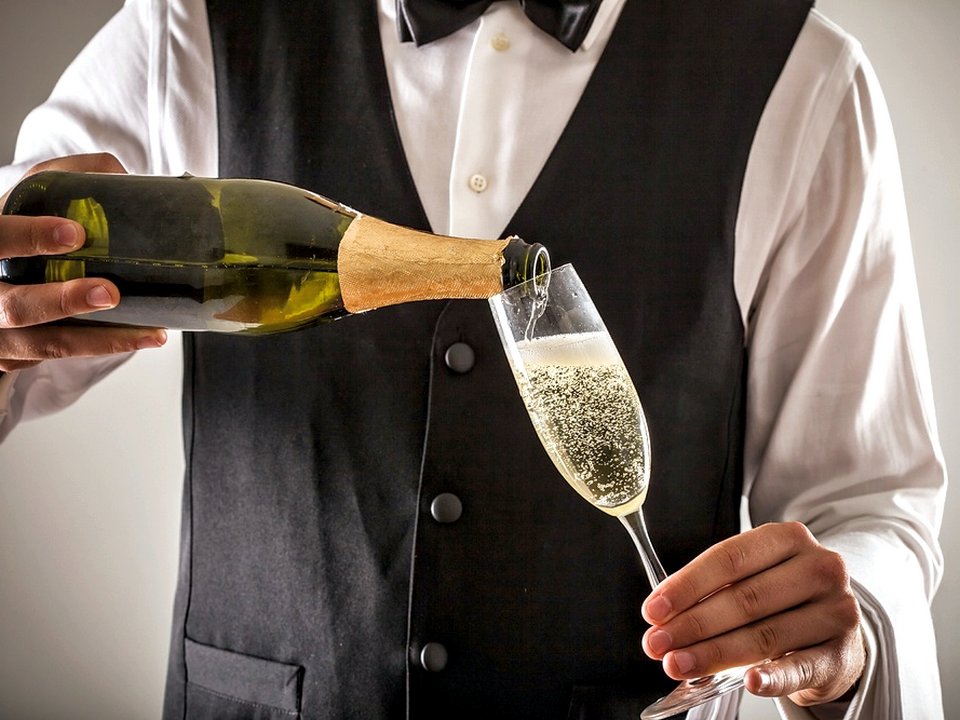
Champagne should be served cold but not chilled. It should never be warm nor should be nearly-frozen icy cold. Too low a temperature inhibits the full appreciation of the aromas and the finer elegant nuances of Champagne. The ideal serving temperature is between 8 and 10 degrees Celsius. Keep the bottle in the lower compartment of the refrigerator for about three hours before serving and transfer into an ice bucket filled with cold water and ice cubes. Make sure that the bottle is well submerged in the ice bucket. If you under fill the ice bucket, you’ll end up chilling only half the bottle. Try not to chill two bottles in one bucket; it is better to leave the second bottle in the refrigerator or in an insulated container until it is time to serve it. Do not chill the glasses in the refrigerator or by filling them with ice cubes or crushed ice; you’re not making a martini! It will have a negative effect on the release of the bubbles and the bouquet of the champagne.
Don’t wrap the bottle in a napkin like it’s a newborn baby. But you will need to have a napkin or a towel at hand to wipe off excess water on the bottle when you remove it from the ice bucket. Never return an empty champagne bottle to the ice bucket upside-down. If the bottle is empty, you may remove it from the table and it is time to bring out the next bottle into ice bucket.
What is the best glassware to serve champagne? A tall “champagne flute” or a shallow bowl shaped “champagne coupe”? Champagne flute allows the bubbles to rise gently and stay longer rather than a shallow bowl shaped champagne coupe. Champagne coupes are seen most often in the champagne glass pyramids at weddings. These are not ideal for serving champagne, as they allow the aromas to escape too quickly and don’t maintain the bubbles well for a delightful champagne experience. It is believed champagne coupe was modeled in the shape of Marie Antoinette’s (the wife of Louis the Sixteenth) breast while there are rumors that it was created in the shape of Madame de Pompadour’s breast, the mistress of the preceding king, Louis the Fifteenth. No matter whose breast was the inspiration for the shallow drinking vessel, all experts agree that it is not the best to serve the precious effervescent drink. Save it for ice cream or sorbet.
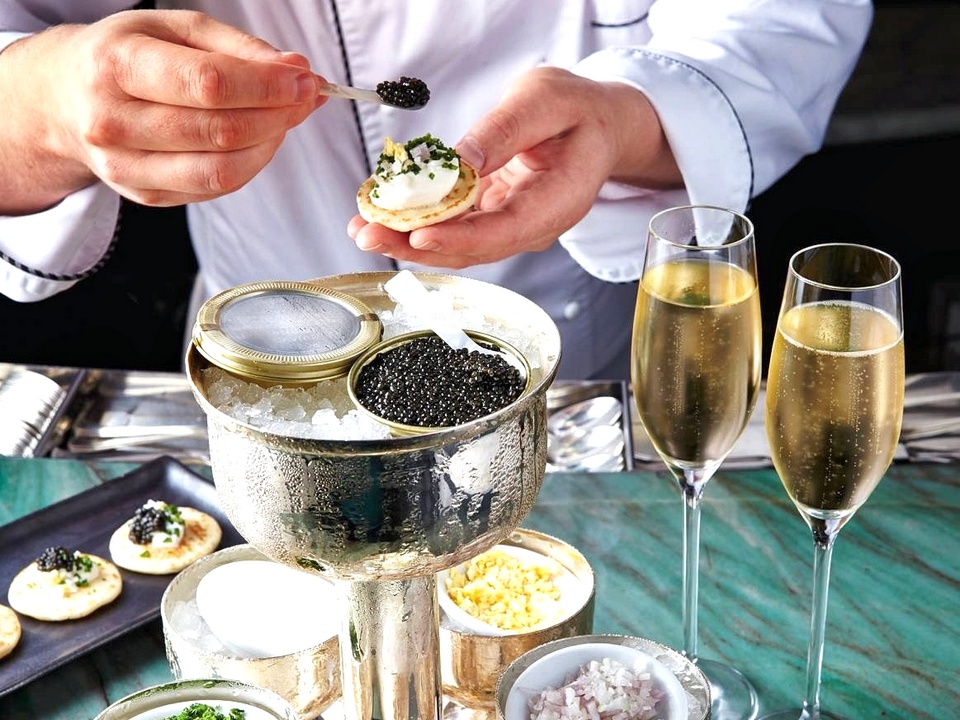
When serving Champagne, fill the glass gently no more than two third, allowing the bubbles to form a collar on the surface. It will avoid the exuberance of the effervescence overflowing the glass. Bubbles will last longer and leave space for the wine to express its character fully.
Don’t swirl the champagne in the glass like a pretentious wine connoisseur. It will only make the bubble disappear quickly and the elegant sparking beverage will go flat in no time. It would be a waste to shake the bottle like a champion spraying the precious liquid on co-champions either. Instead drink the delightful wine, taking small sips and letting the bubbles dissipate in your mouth before you swallow. You will prolong the enjoyment of your champagne. If you drink it too fast, you will swallow all the bubbles resulting in a headache. More importantly, don’t forget to make a toast- to anything or anyone before you take your first sip. santé!
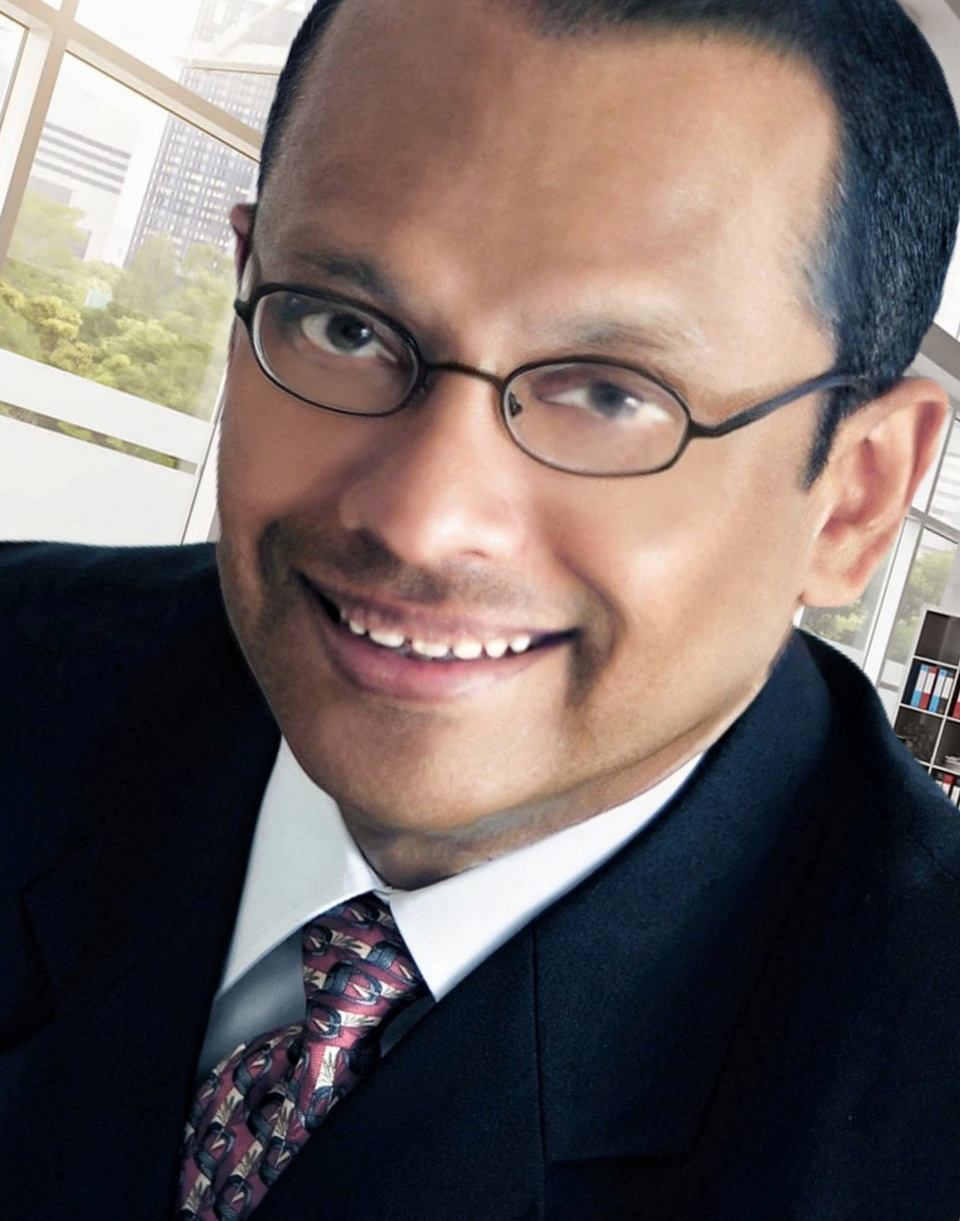 Ranjith Chandrasiri is a veteran hotelier, food and wine connoisseur, multilinguist with a wealth of knowledge and international hotel management experience in luxury hotels and iconic brands including InterContinental Hotels Group in Europe, Australia, Cambodia, Thailand and Sri Lanka. He is the Chairman of Sirius Hospitality Consulting in Thailand, former Group General Manager of Jetwing Hotels Group, Sri Lanka and Royal Cliff Hotels Group, Thailand, Founder/President of Royal Cliff Wine Club and deVine Wine Club, Bailli Honoraire (Honorary President) of Chaîne des Rôtisseurs, Pattaya, Thailand.
Ranjith Chandrasiri is a veteran hotelier, food and wine connoisseur, multilinguist with a wealth of knowledge and international hotel management experience in luxury hotels and iconic brands including InterContinental Hotels Group in Europe, Australia, Cambodia, Thailand and Sri Lanka. He is the Chairman of Sirius Hospitality Consulting in Thailand, former Group General Manager of Jetwing Hotels Group, Sri Lanka and Royal Cliff Hotels Group, Thailand, Founder/President of Royal Cliff Wine Club and deVine Wine Club, Bailli Honoraire (Honorary President) of Chaîne des Rôtisseurs, Pattaya, Thailand.
First Published in Pattaya Mail on Nov 5, 2022










